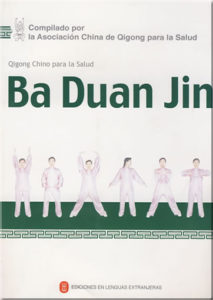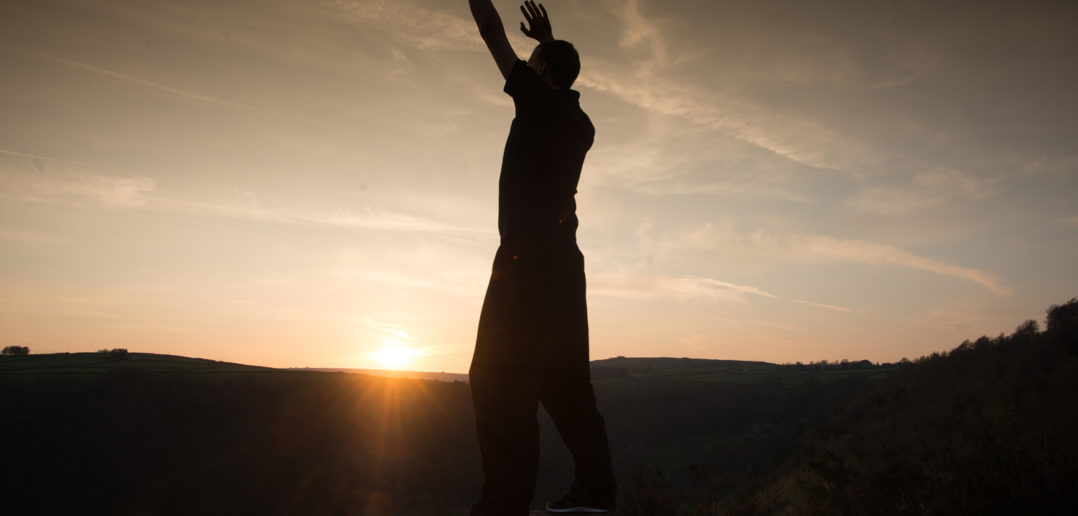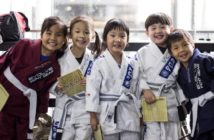Introduction
Ba Duan Jin or Eight section exercises dates back to the Song Dynasty (960-1279). Ba Duan Jin is characterised by easy movements and impressive health benefits for practitioners that dedicated themselves to correct and regular practice.
Clinical tests undertaken in China have proven the medical benefits of Ba Duan Jin practice. These include improvements to the respiratory system, limb strength, flexibility of the joints and fortification of the nerves as well as overall enhanced balance. Improved cardiovascular function from consistent practice helps cure coronary artery scleroses and osteoporosis. Other benefits include strengthening the immune system and increasing overall longevity and vitality.
Origins and Development
“When practiced between one in the morning and noon Ba Duan Jin brings practicionares into harmony with the universe” – Gao Lian, Ming Dynasty Scholar (1368-1644)
Ba Duan Jin was traditionally practiced both sitting and standing. The standing being the easier and more popular of the two which where practiced.
“Holding the with palms up to regulate the internal organs, and posing as an archer shooting both left and right handed. Holding one arm aloft to regulate the functions of the spleen and stomach, and looking backwards to prevent sickness and strain. Twisting the head and lower body to relieve stress, and moving the hands down the back and legs and touching the feet to strengthen the kidneys. Thrusting the fists and making the eyes glare to enhance strength, and raising and lowering the heels to cure various diseases.” – Newly published Health and Fitness Illustrations, Qing Dynasty (1644-1911)
The Development of Ba Duan Jin
The southern school is characterised by being primarily a gentler standing style while the northern school is characterised by being primarily a firmer sitting style. There is no one person credited with Ba Duan Jin’s creation. Instead it is more like to be a working health care exercise added to by specialists throughout the ages.
Characteristics

Chinese Health Qigong Association
Gentile slow smooth and consistent
In order to gain the maximum health benefits of Ba Duan Jin the movements should be gentle, relaxed and gracefully extending, on the basis of a well balanced stance. The flowing movements of the postures should be initiated by the spine to the extremities in a coordinated manner. Calmness and uninterrupted flow helps smooth the internal circulation of vital energy and improve the partitioners health and vitality.
Rhythmic combination of relaxation and strength, and dynamism and inertia
The relaxation of mind, muscles and joints is essential. The mind, should guide the breath gently in a relaxed state of being without compromising correct stance and posture. Stance and posture should gradually be deepened from the exterior to the interior.
Strength should be applied during the practice only for a moment between the end of the previous movement and the start of the next one.
For example:
- with the hand movement in “Holding the Hands High with Palms up to Regulate the Internal Organs,”
- the archer’s horse stance in “Posing as an Archer Shooting Both Left and Right handed,”
- the one-arm lift in “Holding One Arm Aloft to Regulate the Function of the Spleen and Stomach,”
- the head and hand movement in “Looking Backwards to Prevent Sickness and Strain,”
- the horse stance in “Swinging the Head and Lowering the Body to Relieve Stress,”
- the hand movement in “Moving the Hands down the Back and Legs, and Touching the Feet to Strengthen the Kidneys,”
- the fists thrust in “Thrusting and Fists and Making the Eyes Glare to Enhance Strength,”
- and the head movement and retraction of the toes and buttocks in “Raising and Lowering the Heels to Cure Diseases.”
Strength is required only for an instant, when changing movements; relaxation should be maintained at all other times. This gives a desired balance between Yin and Yang. When applying strength calmness should remain as the mind guides.
Combining Mind and Body to Cultivate Vital Energy
Mind in Qigong refers to one’s mental state, and how the movements are guided by thoughts. These must be combined and in harmony for best practice to occur. Harmony and symmetry should be seen within movements, sections, and the practice as a whole. When the mind, body and spirit is combined in practice profound inner strength can be seen outwardly in the form, which will display firmness and gentleness. In practice, spiritual cultivation and physical exercise combine to improve health and fitness. This is enhanced through deep natural breathing.
Practice Tips
Be Relaxed, Calm and Natural
A relaxed state of mind better eliminates psychological and physiological stresses. A relaxed body better tones muscles joints and organs. Calmness without distraction is the key. The correct mood and environment play a big part in effective practice.
Be Accurate but Flexible
Follow the set practice, the body positions and stances. Using a mirror will be very helpful in the beginning to ensure the directions and angles of the movements are adhered too.
Combine Practice and Conservation
The rigor of the postures and movements, and the application of strength used should be adjusted in accordance with the physical conditions of the practitioner so correct performance is achieved gradually. This will also apply to the adjustment of the breath. Maintaining balance in practice is the key. Balance of mind, body and spirit.
Graduated Progress
Beginners should take it step by step, adjusting practice gradually. Begin with natural breathing and work gradually up to deep breathing through constant and consistent practice.
This article has been based on the detailed works provided by the Chinese Health Qigong Association. Step by step descriptions of the routines can be ordered for free. The only cost will be in the ordering and delivery. Each book ordered includes a DVD allowing proper practice in real time.
For those interested in qigong courses and retreats. Click the following link.





3 Comments
you have a great blog here! would you like to make some invite posts on my blog?
Sure send me a private message.
Hi Scott PM me at david@Studymartialarts.org and I will have a look at your blog and we can discuss possible post topics.